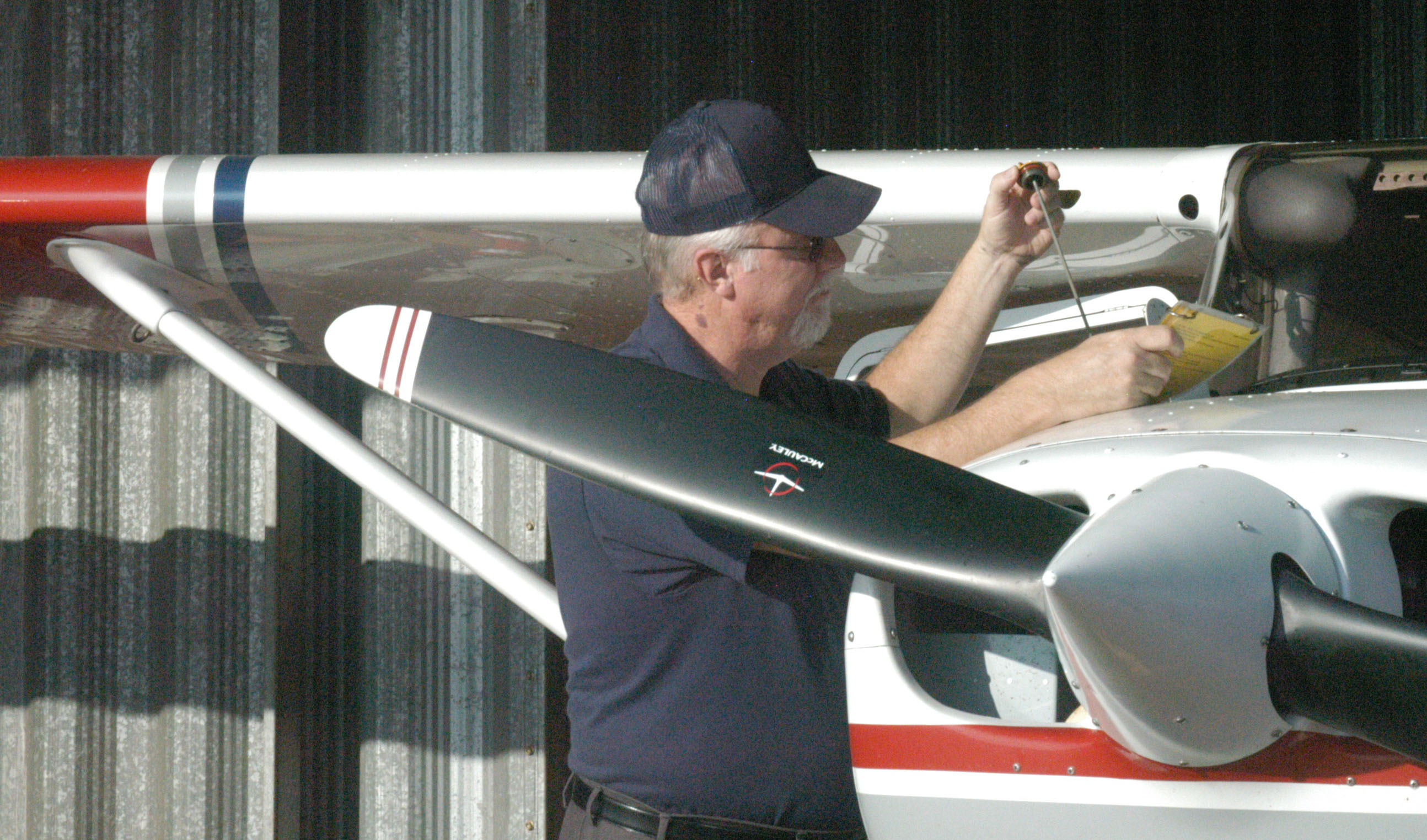

- Cessna citation v maintenance preflight inspection full#
- Cessna citation v maintenance preflight inspection plus#
- Cessna citation v maintenance preflight inspection windows#
Navigation is aided by a Honeywell GNS-X flight management system (FMS), with Collins Proline II radio navigation and a Honeywell SPZ-500 flight director and autopilot system. As the Citation V is rated for single-pilot operations, many pilot owners opted for the cheaper two-screen configuration when they expected to do all the flying.
Cessna citation v maintenance preflight inspection plus#
The left seat is outfitted with two screens by default, while the co-pilot has no dedicated displays.Ĭessna offered an alternative configuration for a newly-built aircraft that included five screens, two per side, plus a central multifunctional display accessible to both crewmen. The flight deck on the original Citation V comes in the early flavor of glass cockpits. The rationale behind this was that owners would find a slight increase in pilot workload an acceptable tradeoff for higher availability. This was brought on by an interesting design decision by Cessna: in order to improve dispatch reliability, a crucial factor for coporate owners in particular, the Citation V was fitted with hydromechanical fuel controllers instead of electronic ones. Younger pilots may find this powerplant unfamiliar as it lacks FADEC to lower the crew’s workload, a somewhat unusual feature for an aircraft introduced in the late 1980s. In high-speed cruise settings, the Cessna Citation V burns around 1000 pounds of Jet A fuel per hour. The engines have improved on the JT15D-4 design by using a new high-efficiency exhaust nozzle, and brought the bypass ratio down to 2.1:1 from 2.5:1 to help with high altitude performance.Ī very useful feature of the JT15D-5A is the hydraulically-actuated thrust reverser fitted by default. To account for the increase in gross weight, the aircraft received more powerful Pratt & Whitney Canada JT15D-5A turbofan engines providing a total of 2900 lbf of thrust each. The horizontal stabilizer and elevators were slightly stretched to keep pitch authority consistent with previous models despite the longer fuselage.

Instead, the aircraft sticks with its eight seats but rewards passengers with comfort via additional space between rows. While the Citation V is larger, designers at Cessna avoided the temptation to add more seats based on the overwhelmingly positive feedback from operators about it. The maximum nominal payload for the Cessna Citation V is of 2275 lbs with 929 lbs of fuel. The aircraft lands at or below 15200 lbs. The fuselage stretch of 20 inches brought empty weight to 9925 lbs, with a maximum ramp weight of 16100 lbs and a takeoff weight of 15900 lbs in standard conditions, including a fuel capacity of 5771 lbs. The cabin features a front and rear temperature control and ventilation system, and holds sea level pressure until 23580 feet. The cabin is also one of the quietest in the market, thanks to the effort put in by Cessna in the design phase. Passengers do not have to pack light when flying on a Citation V, with an internal baggage capacity of 28 cubic feet plus 48 cubic feet externally.
Cessna citation v maintenance preflight inspection full#
The seats are some of the wider in the business jet market, recline 60 degrees and have full freedom of rotation. The standard seating arrangement is comprised of four seats in club configuration plus three chairs and a lavatory featuring a seatbelt and a door.
Cessna citation v maintenance preflight inspection windows#
The Citation V’s cabin is 17.3 ft long, 4.9 ft wide, and 4.8 ft high, featuring a drop aisle and seven windows per side.

The Cessna Citation V, also known by its company designation of Model 560, first flew in 1977 as a stretched version of the company’s successful Cessna Citation II family, itself a stretched Citation I.Ī grand total of 774 units were delivered during its long production run between 19, including the improved Ultra, Encore, and Encore+ variants introduced starting in 1993.


 0 kommentar(er)
0 kommentar(er)
